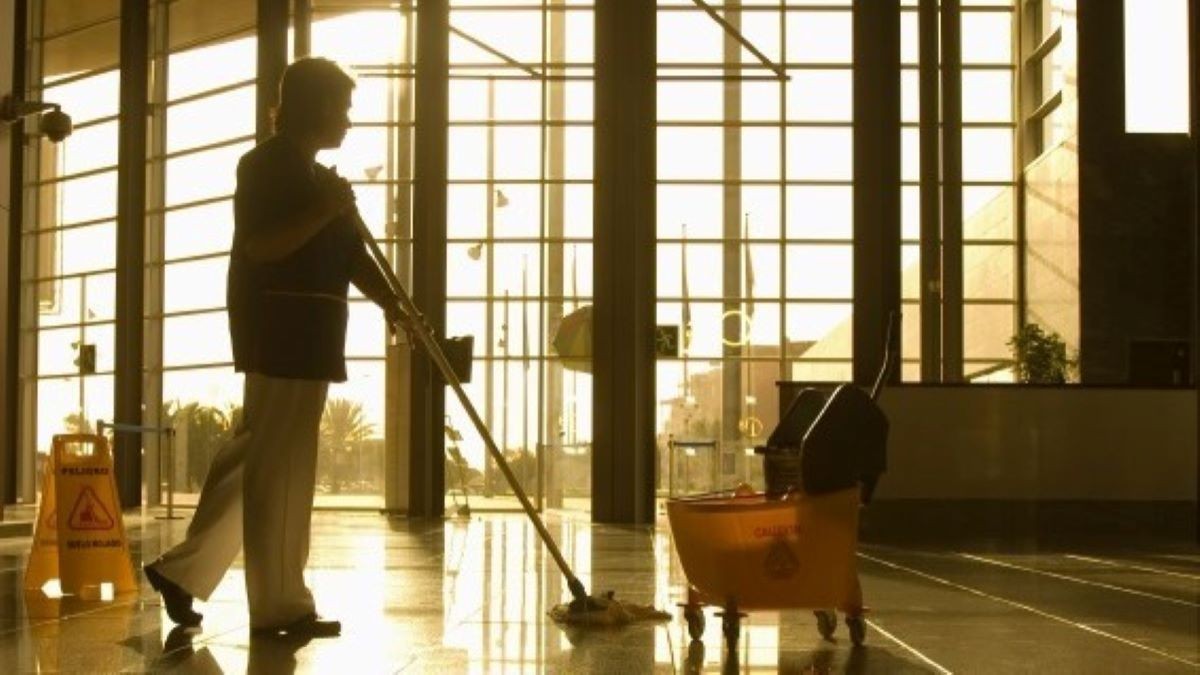Over the past twenty-seven years, Green Seal has published dozens of environmental leadership standards and certified over 4,000 products. We have achieved the most success over these years in the cleaning product industry, and have invested greatly in helping manufacturers green their products. About one-third of our 27 active standards define environmental leadership for specific types of cleaning products. For cleaning product manufacturers and for institutional purchasers, Green Seal is a well-known product certifier. Our services are trusted and respected, and the Green Seal Certification Mark is a widely recognized symbol that shows that a product has been evaluated for both performance and environmental leadership. A key facet of our success has been that our certification process is transparent and scientific; certification is based on our accurate and publicly available environmental leadership standards.
Transparent Requirements to Achieve Certification
To understand Green Seal certification, anyone can download a specific standard (a free PDF on our website) and note each of the requirements for performance, human health protection, and environmental leadership. For example, purchasers know that a Green Seal-certified cleaning product has demonstrated a specific level of performance, that it is not formulated with certain hazardous substances, and that it has an overall reduced environmental impact compared to most other products on the market.
A Bit of Maintenance: Keeping Our Standards Clear and Accurate
The guiding principles of a Type 1 Ecolabel require us to keep each of our standards relevant to today’s market, to ensure that they accurately define environmental leadership, and also to verify that the requirements are practical for certification. Our periodic assessments of each standard also include a review of the market to identify if relevant technologies and best practices have evolved. Green Seal references many external sources in our standards that make a revision necessary: ASTM and ISO update the names and criteria of their test methods; the OECD updates their suggested methods for evaluating chemicals, and the US EPA often increases the size and complexity of its environmental databases in response to newly published scientific studies. Also, the market is continuously evolving. Manufacturers are always developing new technologies and re-designing their products. For example, over the years companies have expanded their offerings of environmentally-preferable packaging. Source-reduced packaging, packaging take-back programs, and packaging made from higher percentages of post-consumer materials are being used by environmental leaders in the cleaning industry now, but were not widely available a decade ago. For our standard revisions, we note these types of changes and gauge whether an update is necessary.
Our 2016 – 2017 Standard Revision: Improving Nine Cleaning Product Standards
On November 15, we published a document with the proposed revisions to our cleaning product standards and opened the Public Comment Period. As a Type 1 Ecolabel that provides an independent and life-cycle based evaluation, we actively engage the public in our revision process. When each standard is developed, and again when each standard is revised, we widely announce a Public Comment Period. During this eight-week period (sometimes longer!), we promote our “Proposed Revisions” and request feedback from any interested individual, organization, or company. We often receive detailed comments from product manufacturers (some with and some without Green Seal-certified products), product evaluators, advocates in public health, and experts from environmental organizations. Many individuals stay tuned in to ensure that Green Seal’s standards maintain the same level of stringency, and others chime in to make sure that our requirements describe a practical evaluation. Institutional purchasers stay involved in order to ensure that they can still depend on Green Seal-certified products as a way of obtaining their group’s sustainability goals.
…And the Comments Pour In
During the Public Comment Period, we encourage comments that directly reference our proposed revisions (nothing outside of the scope, please); comments that are science-based; a realistic viewpoint of industry; and comments that helpfully reference scientific or technical information. We have received supportive comments, neutral comments about editorial improvements or the flow of a standard, and critiques, and all help us to evaluate our proposed revisions. After we close the Public Comment Period, Green Seal publishes our “Response to Comments” document which includes each comment that was submitted through our online forum, and provides our direct reactions. Sometimes we are able to respond to each submitted comment but in some cases we provide one response to a group of comments that touch on the same issue. In our responses, we try to clearly state: Yes, the comment resulted in a change in the standard, or, No, we’re going to proceed as we originally proposed. For both cases we describe our reasoning. Sometimes, we also get in touch directly with the commenter to provide a more elaborate reaction to help them better understand our perspectives, our goals, and also to hear from them about their concerns and their reasoning. These types of conversations are greatly beneficial, and help us to stay informed on the issues and perspectives of our stakeholders.
Stay Engaged, Add Your Comment, and Encourage Feedback
Do you have expertise in the performance, or environmental and health impacts of cleaning products? Do you have a specific interest in one of our proposed revisions? We welcome you to register on our online forum and provide your comments. This is your chance to help define environmental leadership for the cleaning industry. If you do not have expertise in these topics or a strong understanding of the issues that are being proposed, but you are strongly interested in promoting environmental leadership, consider reaching out to a health or environmental organization, or to your favorite cleaning product brand, and ask them to provide their input on our proposed revisions. Our standards and certification process play a major role in reducing the environmental impacts of your state governments and schools, and help drive environmental improvements in the cleaning industry.

